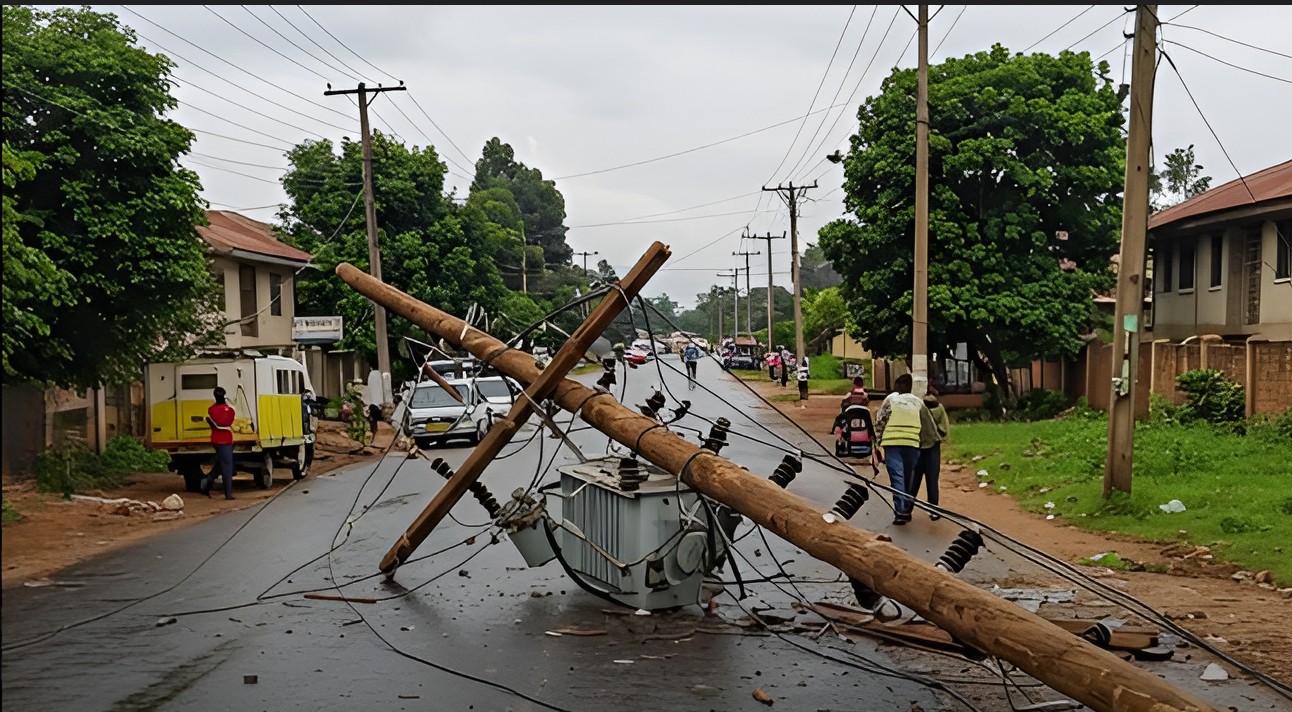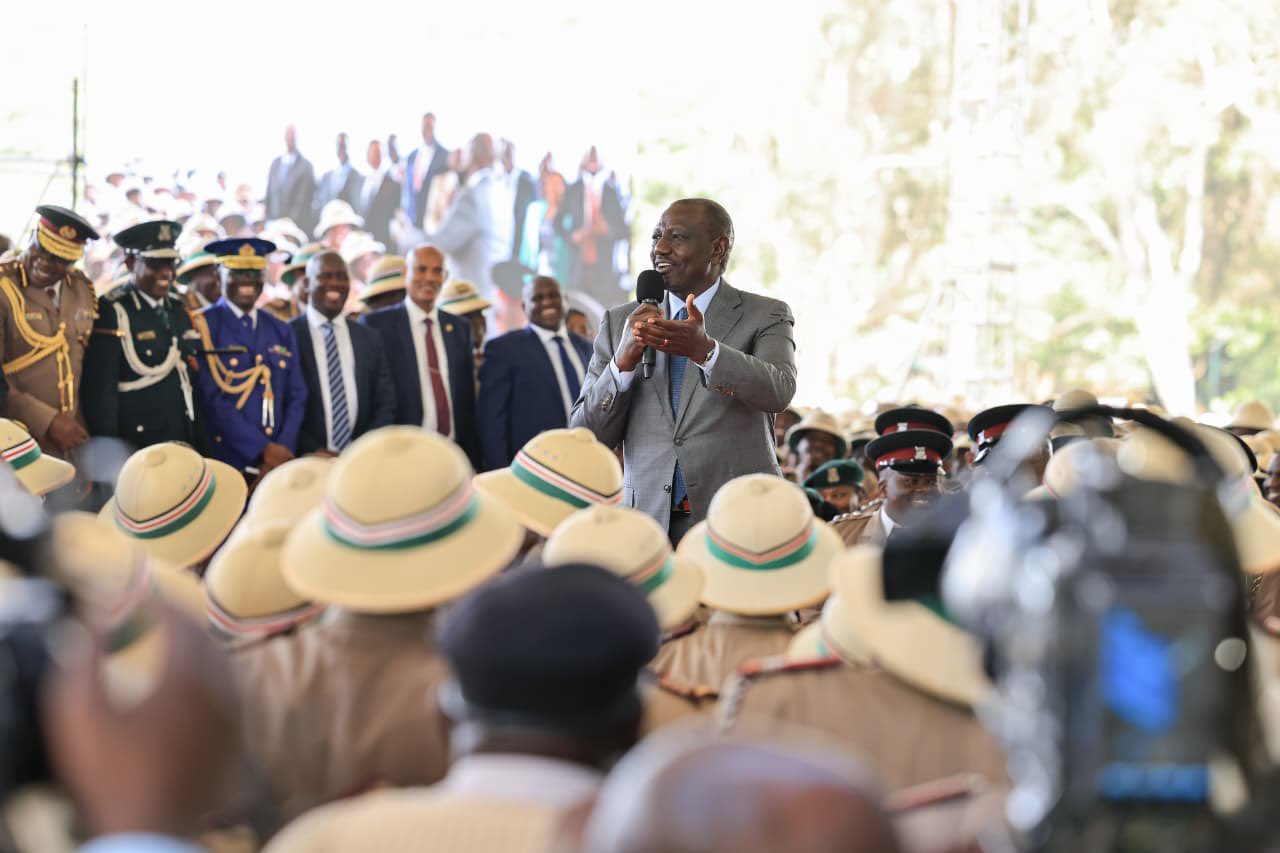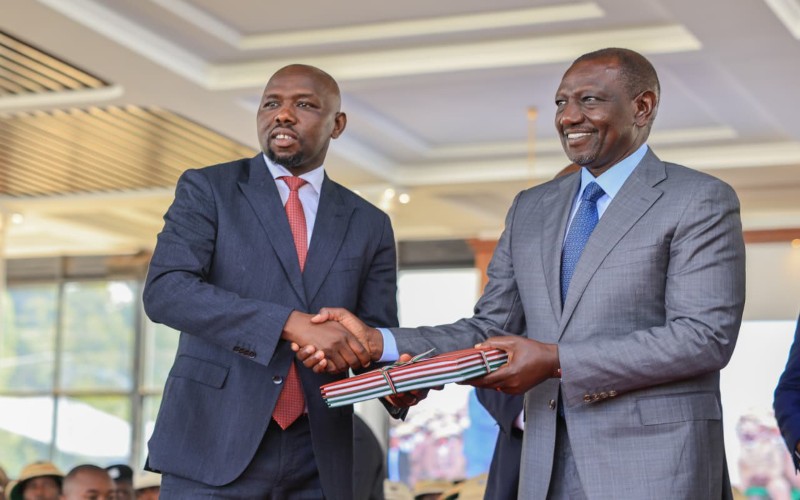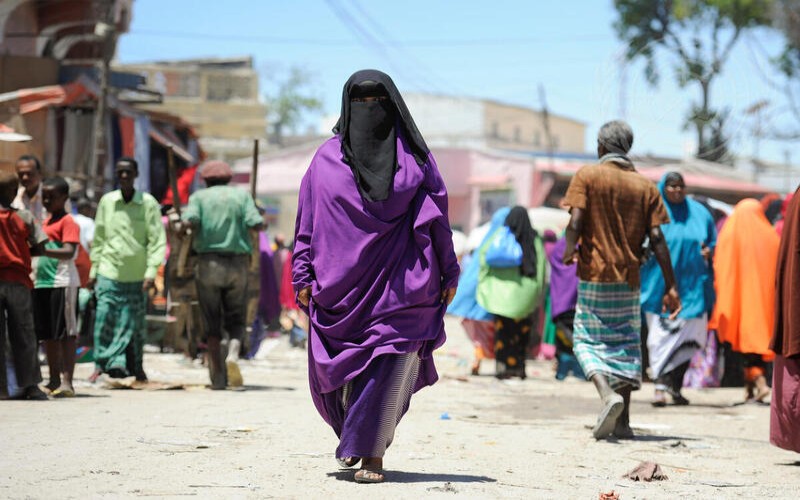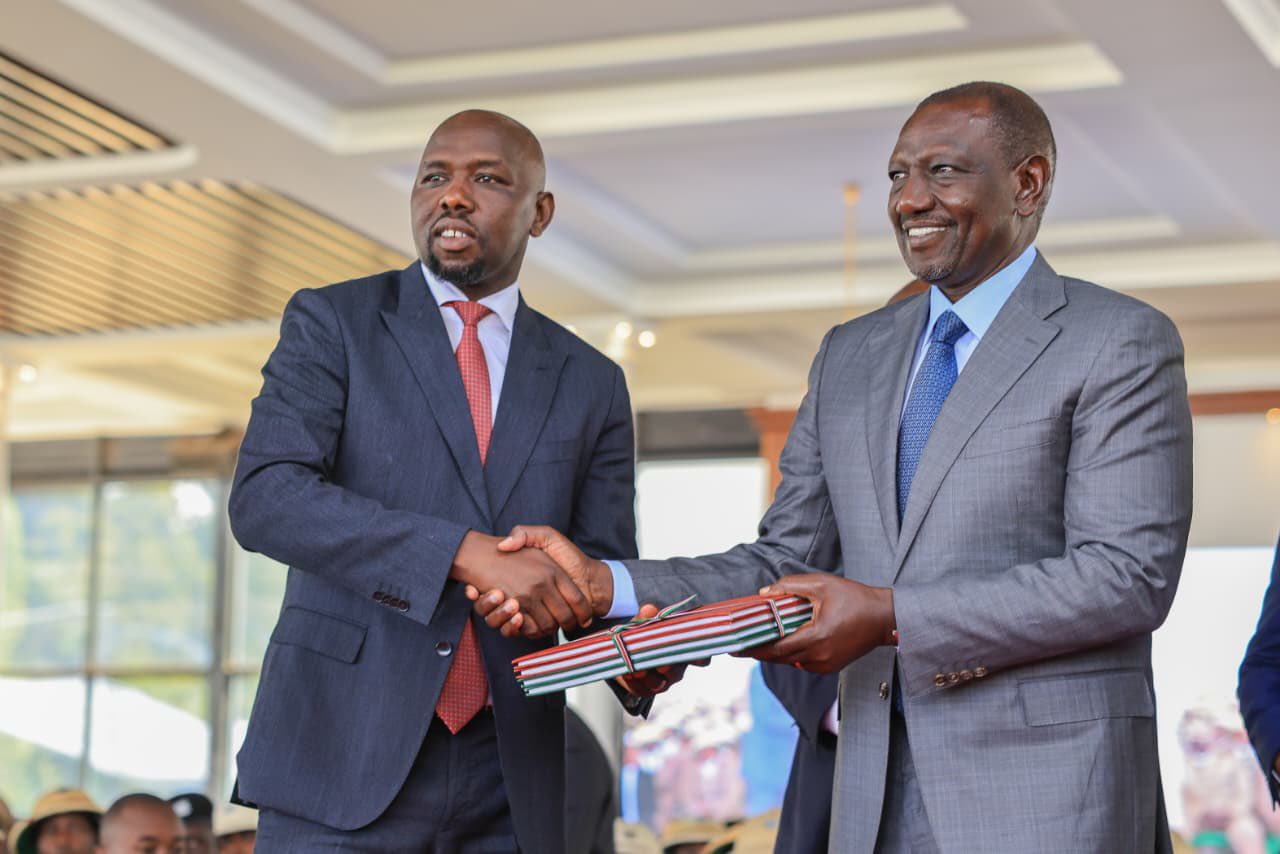Kenya’s State Funerals: Highest national honour, tradition, presidential discretion, and calls for legal reform
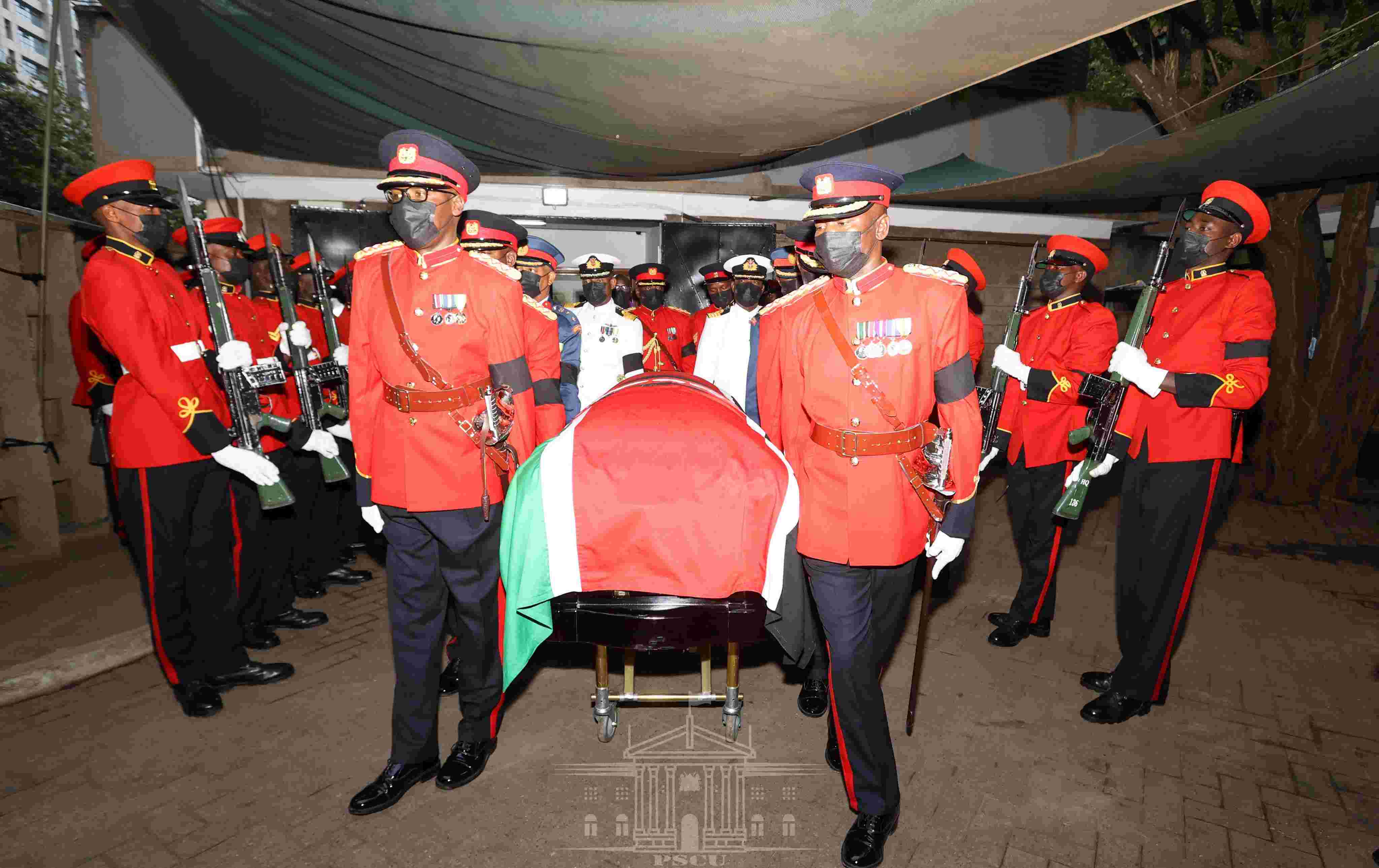
Presidential funerals are accompanied by full military honours, while those accorded to other leaders or heroes depend on Defence Council approval and the nature of their contribution to the country.
In Kenya, a State Funeral stands as the country’s highest expression of honour, reserved for those whose contribution to public life has shaped national history or inspired generations.
While these ceremonies follow established customs and official traditions, the country still operates without a formal law clearly defining how State Funerals should be organised or who qualifies for them.
More To Read
- I feared for my life due to planned attacks: Gachagua on why he skipped Raila’s State funeral
- Four suspects arrested as detectives recover firearm stolen from GSU officer during Raila’s funeral
- President Ruto outlines four Raila-inspired pillars to drive Kenya’s growth
- Ruto honours Raila posthumously with Kenya’s highest civilian award, Chief of the Order of the Golden Heart of Kenya (CGH)
- Live blog: Raila Odinga interred, honoured with 17-gun salute
- Focus on national wealth, not personal gain - Mama Ida tells leaders
What exists instead is a blend of presidential discretion, military protocol, and cultural practices that have evolved over time.
The power to grant a State Funeral rests entirely with the sitting President, who issues an official proclamation to recognise the individual’s national importance. In such instances, the President also declares a period of mourning, during which national flags are flown at half-mast and public institutions observe solemnity.
The gesture symbolises collective grief and respect, uniting citizens in remembrance of the deceased.
One of the most visible aspects of these ceremonies is the lying in state, where the body is placed in a public space, most often Parliament Buildings, to allow Kenyans to pay their final respects.
Presidential funerals are accompanied by full military honours, while those accorded to other leaders or heroes depend on Defence Council approval and the nature of their contribution to the country.
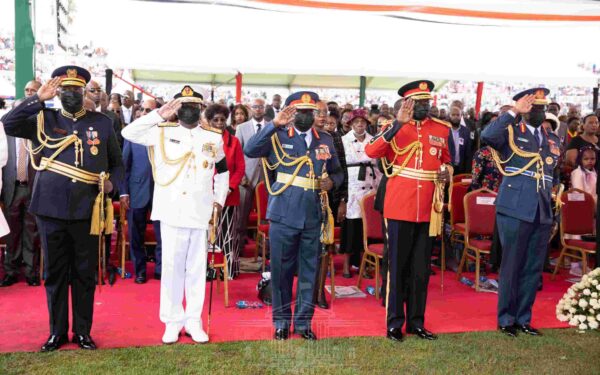 Military heads during the State Funeral Service of former President Emilio Mwai Kibaki at Nyayo National Stadium in Nairobi City County on April 29, 2022. (Photo: PCS)
Military heads during the State Funeral Service of former President Emilio Mwai Kibaki at Nyayo National Stadium in Nairobi City County on April 29, 2022. (Photo: PCS)
Faith and culture remain central to the final send-off. Religious services usually reflect the beliefs of the deceased, while family traditions influence burial rites and locations. Some families choose to inter their loved ones at ancestral homes, while others select sites of symbolic national importance.
Occasionally, the government declares the funeral day a public holiday to allow the nation to participate in the mourning and farewell ceremonies.
However, the absence of a specific legal framework has led to inconsistencies over time.
The honours accorded have not always been uniform, particularly for those outside the presidency, leading to debate over the need for legislation that would set clear, fair, and consistent standards for State Funerals in Kenya.
Scholars have argued that such codification would bring order, predictability, and equality to a process currently driven by tradition and presidential discretion.
A look back at Kenya’s history reveals several notable State Funerals. Founding President Jomo Kenyatta was the first to receive the honour in 1978, with 10 days of lying in state and a month of national mourning before being buried at Parliament Grounds. Vice President Michael Kijana Wamalwa’s State Funeral in 2003 was held at his Kitale home, marking a deeply personal yet national ceremony.
In 2011, environmentalist and Nobel laureate Wangari Maathai was honoured with a State Funeral at Uhuru Park, followed by cremation per her wishes.
Lucy Kibaki, the former First Lady, was laid to rest in her home area of Othaya in 2016.
Presidents Daniel arap Moi and Mwai Kibaki were later given full military honours in 2020 and 2022, respectively, with public viewing held at Parliament and burials conducted in Kabarak and Othaya.
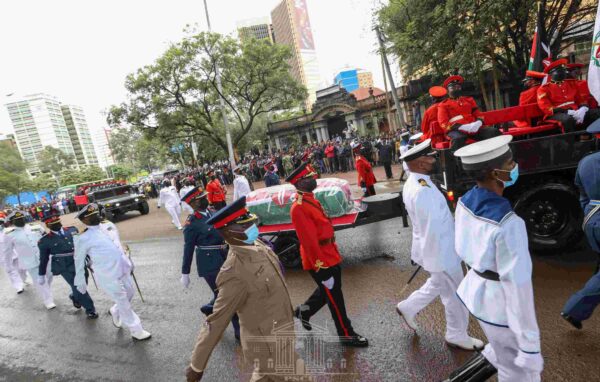 Former Head of State Mwai Kibaki's funeral cortege marches through several Nairobi roads on its way to Nyayo National Stadium for the State Funeral Service on April 29, 2022. (Photo: PCS)
Former Head of State Mwai Kibaki's funeral cortege marches through several Nairobi roads on its way to Nyayo National Stadium for the State Funeral Service on April 29, 2022. (Photo: PCS)
More recently, freedom hero Dedan Kimathi’s widow, Mukami Kimathi, was granted a State Funeral in 2023, followed by women’s rights champion and former legislator Phoebe Asiyo in 2025, both recognised for their lifelong service and contribution to Kenya’s public life.
The evolving nature of State Funerals continues to spark discussion on how the country can maintain respect for tradition while adopting a consistent and transparent legal framework. For many, these ceremonies remain not only a moment of national mourning but also a reflection of Kenya’s collective identity, history, and the leaders who have shaped it.
Dr Tinega Intabo Charles, in his journal titled "State funerals in Kenya 1963-2020: The need to constitutionalise and Africanise state funerals", notes that State Funerals foster National Unity in that the spirit of Nationhood can be demonstrated by the multitude of people, from all walks of life, who attend them.
"In 1978, thousands of people from all corners and of all social classes not only viewed Mzee Kenyatta's body, but also attended the burial ceremony at the parliament grounds. According to media reports, about 90,000 people viewed Kenyatta's body daily.
"In 2003, long queues of mourners were witnessed on each day, the body of Vice President Michael Wamalwa lay in state at the parliament. I personally queued for one hour from City Hall to Parliament to view Wamalwa's body. Longer queues were observed when Daniel Moi's body lay in state for three days. About 213,000 people viewed the body at parliament (Daily Newspaper, February 12, 2020).
"The 30,000-capacity Nyayo National Stadium was packed to the brim on February 11, 2020, during Moi's funeral mass. A sea of humanity was seen during Moi's burial ceremony at Kabarak in Nakuru County," he says in the journal.
State funerals come with a period of national mourning that allows mourners to reflect on the life and times of the departed Kenyan.
They nowadays also rank as moments of infrastructure development, as almost all government departments become active, especially in those areas where ceremonies related to the funerals take place.
Whereas the events preceding the internment match, a few differences are observed in that the national days of mourning have not been the same in some of the state funerals experienced in the past.
The founding President, Mzee Jomo Kenyatta, was, for example, accorded 30 days, Kijana Wamalwa and Prof. Wangari Maathai had two days each, Lucy Kibaki, three days, while Moi had nine days.
The period of flying national flags in government offices, institutions and embassies at half-mast has also not been the same.
Differences can also be noted in the days bodies lie in state. To be precise, Kenyatta's body lay in State for ten days at State House while Moi's body lay in State at the parliament for three days.
Vice President Kijana Wamalwa's body lay in State at the parliament for two days.
In the case of the former Prime Minister, the body will lie in state just for today to align with his wish to be buried within 72 hours of his demise.
Raila will be remembered for his fight for democracy, press freedom and other liberties that he will most be remembered by Kenyans and foreigners alike.
His several near stints at becoming the head of state, a key figure in the country's politics and a regional peace broker, having represented Kenya several times in peace mediations in South Sudan, Côte d'Ivoire and Uganda.
"I am saddened to learn of the demise of Raila Odinga, a distinguished statesman in our region. He was selfless in advancing the interests of Kenyans and the region at large, promoting peace, development, and good diplomatic relations. There are several instances when Raila quietly stepped in to help Uganda and Kenya maintain good relations. He has done that for many other countries. From his life dedicated to politics, we learn that there are moments when one must put the interests of their country first, something he did many times throughout his political career," Uganda's Deputy Speaker Thomas Tayebwa said on Wednesday.
Top Stories Today
